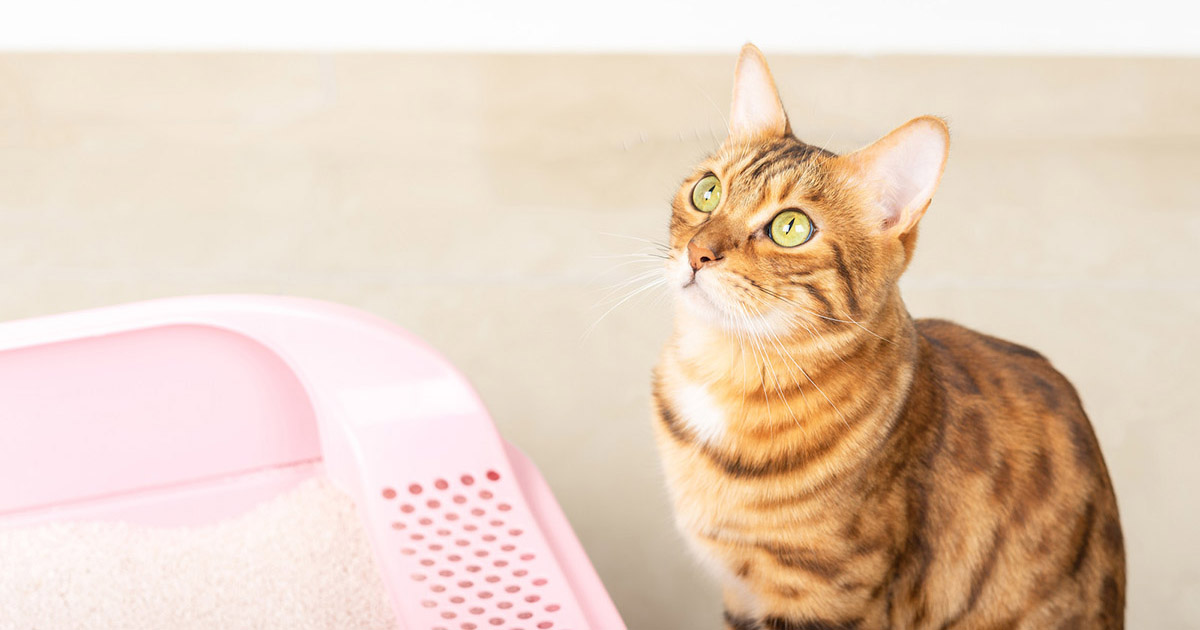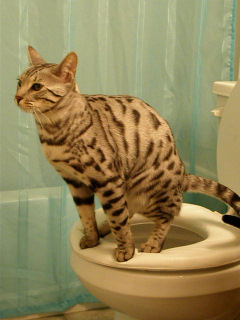Understanding the Harms of Flushing Animal Waste Down the Toilet
Understanding the Harms of Flushing Animal Waste Down the Toilet
Blog Article
Right here in the next paragraphs you can get a lot of extremely good resources around 10 Things You Should Never Flush Down The Toilet.

When it involves dealing with waste, particularly animal waste, many individuals often resort to the practical choice of flushing it down the bathroom. Nevertheless, this relatively simple option can have significant effects for the setting and public health. In this post, we'll check out why flushing animal waste down the toilet is a poor idea and give different techniques for proper disposal.
Introduction
Proper garbage disposal is vital for maintaining ecological sustainability and public health. While it might seem harmless to purge animal waste down the toilet, it can bring about various concerns, both for the setting and human wellness.
Threats of flushing animal waste
Ecological impact
Purging animal waste introduces harmful bacteria and microorganisms into waterways, which can adversely influence aquatic ecological communities. These pathogens can contaminate water sources and damage aquatic life, interfering with delicate ecosystems.
Public health concerns
Animal waste contains harmful microorganisms such as E. coli and Salmonella, which can position significant wellness dangers to human beings. Purging animal waste down the commode can infect water products, causing the spread of illness and infections.
Alternatives to flushing
Instead of flushing animal waste down the bathroom, there are a number of alternative disposal methods that are much more eco-friendly and sanitary.
Composting
Composting pet waste is a green method to deal with it. By composting, organic matter is broken down into nutrient-rich dirt, which can be used to feed yards and plants.
Garbage dump disposal
Throwing away pet waste in a landfill is an additional choice. While not as environmentally friendly as composting, it is a safer alternative to flushing, as it stops the contamination of water resources.
Pet garbage disposal systems
There are specialized family pet garbage disposal systems available that securely and hygienically deal with pet waste. These systems often utilize enzymes to break down waste and remove odors.
Steps to appropriate pet waste disposal
To make certain correct disposal of pet waste, adhere to these actions:
Scooping and bagging waste
Routinely scoop and bag animal waste making use of biodegradable bags. This avoids waste from polluting the environment.
Utilizing assigned waste containers
Dispose of bagged animal waste in designated waste bins, such as garden compost containers or garbage dump bins. Avoid flushing it down the toilet in all prices.
Cleaning can and animal areas consistently
Consistently clean litter boxes and pet dog areas to prevent the accumulation of waste and germs. Use pet-safe cleansing products to keep health.
Advantages of proper disposal approaches
Adopting correct disposal methods for pet waste offers here a number of advantages:
Lowered environmental pollution
Proper disposal techniques lower the danger of environmental pollution, shielding waterways and ecological communities from contamination
Reduced danger of water contamination.
By staying clear of flushing pet waste down the toilet, the danger of water contamination is dramatically decreased, securing public health.
Boosted hygiene and health
Proper disposal methods promote better sanitation and hygiene, creating a safer environment for both people and animals.
Final thought
To conclude, flushing animal waste down the toilet is hazardous to the environment and public health. By adopting alternative disposal approaches and adhering to appropriate waste management practices, we can decrease the adverse influence of animal waste and contribute to a cleaner, much healthier world.
What To Do With Dog Poo – The Do's And Don'ts Of Disposing Of Faeces
Dog poo bins
Some councils provide dedicated dog waste bins in popular dog-walking areas that can take dog poo that has been bagged but you can legally dispose of dog waste in any public litter bin, as long as it is securely bagged. This also applies to your wheelie bin at home.
Do not flush
Water companies do not recommend flushing dog faeces down the toilet because certain parasites can survive the water processing treatment and are potentially harmful to humans. You should also never consider flushing dog poo that has been bagged down the toilet as the bags will not break down and instead create severe blockages in the sewage system.
In the woods
The Forestry Commission promotes a ‘stick and flick’ method for dealing with waste in the woods. This means finding a stick and using it to flick any poo from off the path so that it is out of the way of other walkers. You could also bury it as long as it is not in an area where there might be livestock.
Livestock
Parasites found in dog poo can be transmitted to livestock if they inadvertently eat infected faeces that has been left on grazing land. This could result in the death of sheep or abortion in cattle so you should always make sure you pick up your dog’s waste in fields where livestock could be present.

Consistently clean litter boxes and pet dog areas to prevent the accumulation of waste and germs. Use pet-safe cleansing products to keep health.
Advantages of proper disposal approaches
Adopting correct disposal methods for pet waste offers here a number of advantages:
Lowered environmental pollution
Proper disposal techniques lower the danger of environmental pollution, shielding waterways and ecological communities from contamination
Reduced danger of water contamination.
By staying clear of flushing pet waste down the toilet, the danger of water contamination is dramatically decreased, securing public health.
Boosted hygiene and health
Proper disposal methods promote better sanitation and hygiene, creating a safer environment for both people and animals.
Final thought
To conclude, flushing animal waste down the toilet is hazardous to the environment and public health. By adopting alternative disposal approaches and adhering to appropriate waste management practices, we can decrease the adverse influence of animal waste and contribute to a cleaner, much healthier world.
What To Do With Dog Poo – The Do's And Don'ts Of Disposing Of Faeces
Dog poo bins
Some councils provide dedicated dog waste bins in popular dog-walking areas that can take dog poo that has been bagged but you can legally dispose of dog waste in any public litter bin, as long as it is securely bagged. This also applies to your wheelie bin at home.
Do not flush
Water companies do not recommend flushing dog faeces down the toilet because certain parasites can survive the water processing treatment and are potentially harmful to humans. You should also never consider flushing dog poo that has been bagged down the toilet as the bags will not break down and instead create severe blockages in the sewage system.
In the woods
The Forestry Commission promotes a ‘stick and flick’ method for dealing with waste in the woods. This means finding a stick and using it to flick any poo from off the path so that it is out of the way of other walkers. You could also bury it as long as it is not in an area where there might be livestock.
Livestock
Parasites found in dog poo can be transmitted to livestock if they inadvertently eat infected faeces that has been left on grazing land. This could result in the death of sheep or abortion in cattle so you should always make sure you pick up your dog’s waste in fields where livestock could be present.

I was brought to that article on through a pal on a different web blog. Sharing is good. One never knows, you may be doing someone a favor. Thank you so much for taking the time to read it.
Call Report this page